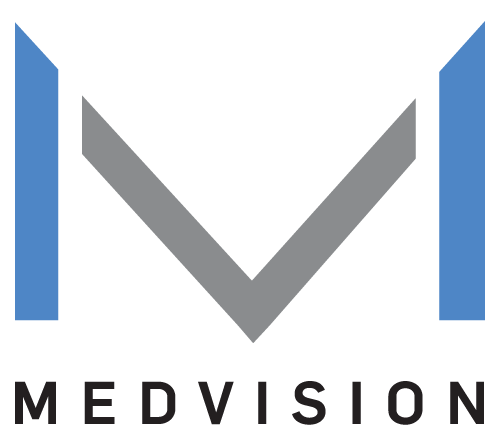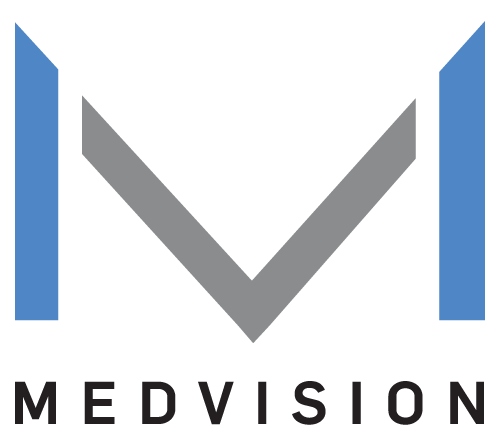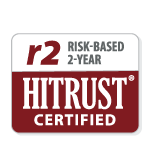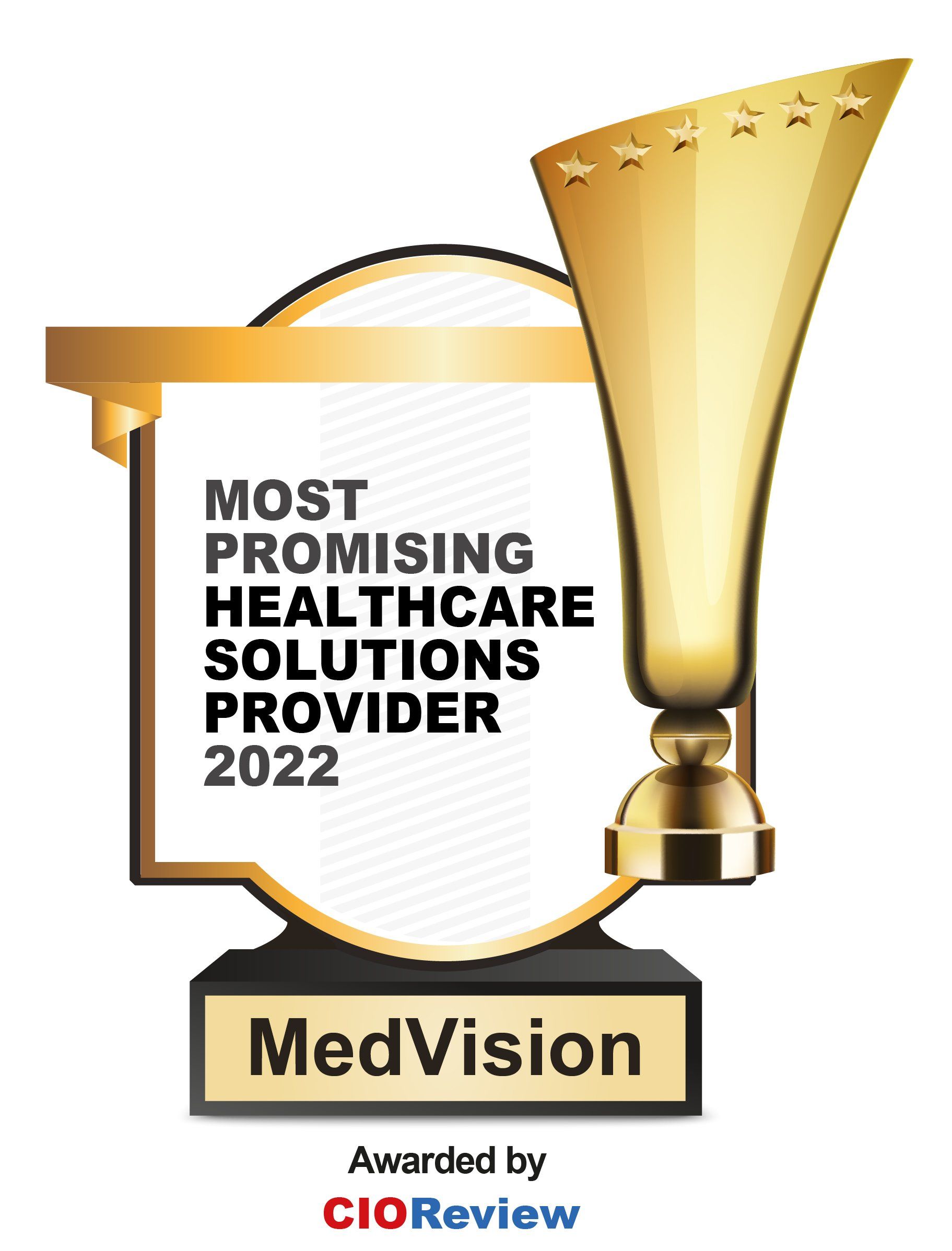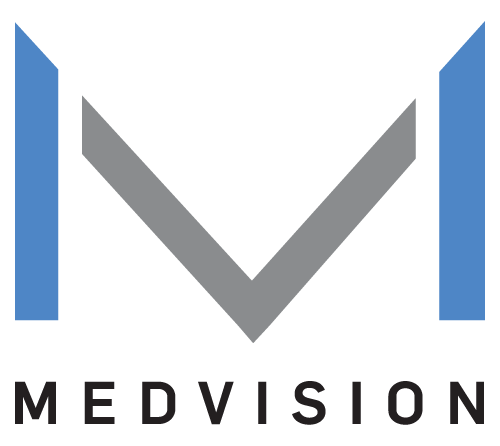Boost Savings to Succeed in Value-Based Models and Programs
When it comes to value-based payments, quality over cost is always the first thing that comes to mind. After all, keeping costs at a minimum is the key to earning incentives and ensuring continued success—especially if you’re earning through a value-based program.
For accountable care organizations (ACOs) and similar groups, mitigating expenses and delivering high-quality service are major keys to success. However, boosting savings is equally as important and can also add up to better overall outcomes. Put simply, ACOs have a lot to gain by boosting their savings alongside delivering quality service at reduced costs.
The Importance of Savings in a Value Based Payment Models
With the rise of alternative care delivery programs and payment models, more providers have been teaming up to brave these changes. Some of them, like ACOs, venture into the world of a value-based program. The number of ACOs has been steadily growing and now they cover more than 30 million patients. In other words, ACOs are on a path to continued success as long as they play the right strategies and adapt to constant changes.
According to a National Association of ACOs (NAACOS) report, nine million Medicare beneficiaries were treated by over four hundred ACOs in 2017. ACOs are achieving great numbers and are delivering quality care over costs. With added savings payments, these organizations are beating benchmarks and reaching their goals.
On the other hand, commercial ACOs can also decrease care costs by a large percentage. In turn, there is value in boosting savings and focusing on improving the level of care that organizations provide. Improving your in-house capabilities like reinforcing your IT infrastructure can also do great things for your continued success in a value-based program.
Reduce Costs by Boosting Savings
Despite the growing success of ACOs, a lot of organizations are still having a hard time realizing savings. This is due to constant changes in annual benchmarks, care models, and payment plans.
The ever-changing demands of a value-based program are progressively making it harder for providers to reach their goals. In other words, providers need to be constantly on their toes to earn shared savings payments and mitigate monetary penalties.
By boosting savings, ACOs can put themselves in a better position to face these constant industry demands. To reduce costs and boost savings, ACOs need to take proactive measures, such as establishing an IT infrastructure, executing management strategies, developing cost mitigation plans, and applying new population health management approaches.
How to Boost Savings in a Value Based Payment Models
As mentioned above, simple strategies and infrastructure enhancements can lead to an overall boost in productivity, efficiency, and savings. Focusing on improving risk management plans, reinforcing your primary care strategies, and updating your health care IT systems are good places to start.
1. Identify Risks and Manage Patient Cases Effectively
If you want to increase savings, you should consider reducing patient population costs. The best approach is to start targeting seriously ill and high-risk patients instead of attending to broader mediations. By doing so, you have a better chance of delivering on-point services instead and ultimately avoid unnecessary medical services.
Patient populations that are made up of seriously ill patients require extensive care services. They are a high-cost population that redundantly utilizes costly services, such as clinical checkups, medical specialists, and care coordination. Furthermore, seriously ill patients go through a lot of repetitive ER visits, inpatient admission, and hospital readmissions in their patient cycle.
Utilizing a case management program that allows easy coordination between care providers can help you manage this patient population. For example, a management platform like QuickCap 7 (QC7) offers specific features for effective case management. Some of the case management features in QC7 include the following:
- Various user dashboards and search filters for easy case referrals, submission, and reviews
- Complete information management tools for patient triage, care team details, goal setting, care plan templates, reviewer notes, documentation attachments, and more care coordination features
- In-house analytics for data gathering, reports generation, population health analytics, and better proactive decisions
2. Reinforce Your Primary Care Level with a Better Care Plan Strategy
A great way of establishing stronger population health is by reinforcing your primary care practices. Primary care physicians (PCP) are at the forefront of your patient population, and they are the key to better patient management. Think about it, a patient’s cycle starts with the PCP, so delivering quality care at this level could positively affect the patient’s outcomes further along the line.
For ACOs, having providers proactively engage with patients early on could help patients and care teams avoid redundant care services. Implementing annual wellness visits (AWV) can also help your network get a better understanding of a patient’s overall health. Comprehensive AWV interviews can help care teams design effective care plans that include broad screenings and preventive measures—all of which ensure that patients stay healthy and far from unwanted hospitalization expenses.
3. Save More with an Adaptable Management System
To stay competitive, businesses need to adopt a more computer-centric approach to processing and storing business data, and health care organizations are no exception. According to an article by the World Economic Forum (WEF), in the year 2022, most business organizations will be processing and storing 62 percent of their business data with computers. This progressive shift towards computer reliance is something that ACOs need to get into as early as possible to help them tackle any changes in the healthcare industry.
As previously mentioned, building up your IT infrastructure can increase your in-house capabilities and ensure better outcomes. Some of the benefits of upgrading include faster information sharing, accurate data processing, and more secure data storage. In other words, better IT infrastructure ensures smoother workflows and care coordination for your entire network.
In addition to improving your IT infrastructure, finding a comprehensive platform for your entire processes is also key to succeed. After all, having the right systems can only go as far as your operational platform is capable of handling. In other words, you can maximize your IT infrastructure when you have a flexible platform that can cater to the needs of your organization, providers, and patient population.
QuickCap 7 Is a Software That’s Compatible for Value Based Programs and Payment Models
QuickCap 7 is a management platform that’s designed to cater to every aspect of your ACO business. From case management to daily workflow features, QC7 is fully equipped and flexible enough to suit your ACO requirements—allowing you to reduce costs and boost savings with one solution.
Dedicated Case Management Module
- Utilize a dedicated case management module for accurate case reviews, triage notes, goal settings, care team documentation, and more
- Upload organizational documents, such as specialized care guidelines, to ensure proper documentation, patient care, and overall care team coordination
- Conveniently access reference documents, such as code guidelines and additional patient records, for accurate documentation
- Focus on your high-risk patients and ensure controlled benefit utilization and reduce overall patient expenses
Extensive Data Analytics, Audit, and Report Tools
- Securely store, manage, and process all your crucial business data in one easy-to-use system
- Instantly generate reports and gain actionable data for on-point health population management, risk management, compliance validation, progress assessments, and more
- Customize your user dashboard to get a comprehensive view of your team’s workflow and even generate visual charts for data trends and insights
Comprehensive Contracting, Claims Processing, and Workflow Features
- Utilize broad contracting and pricing details for fee-for-service payments, capitation, specialized pricing adjustments, and more
- Automate your claims, authorizations, referrals, and other workflows for faster and accurate outcomes
- Manage your networks and connect with your teams, providers, and partner organizations via one easily accessible platform
Having full control over your patient management, population health analytics, and overall workflow can help you exceed your benchmarks, reduce costs, and ultimately boost savings.
Recently published articles
Keep in touch
Subscribe to get the latest update
Than you!
You have successfully subscribe to our blog updtes!
Please try again later
Trending topics
More news and events
Connected Healthcare
HITRUST Risk-Based 2-Year Certification Achiever
The Health Information Trust (HITRUST) is a standards organization dedicated to security, privacy, and risk management. They developed the HITRUST Common Security Framework (CSF), which assists organizations in maintaining a comprehensive and secure approach to HIPAA compliance and managing risks. HITRUST is widely recognized as the benchmark in data security and privacy.
Certified Member of HCAA
The Health Care Administrators Association is the nation's largest nonprofit trade association for third-party administrators, stop loss insurance carriers, managing general underwriters, audit firms, medical managers, technology organizations, pharmacy benefit managers, brokers/agents, human resource managers, and health care consultants. HCAA has spearheaded the change of self-funding for more than 35 years.
Share and post page directly to social media.
Ready to get started?
Call us @ 847 - 222 - 1006
LINKS
GET IN TOUCH
3233 N. Arlington Heights Rd.,
Suite 307, Arlington Heights, IL 60004
Phone:
847-222-1006
Fax: 847-222-1066
STAY INFORMED
Subscribe to our blog updates!
Blog Subscription
Than you!
You have successfully subscribe to our blog updates!
Oops, there was an error in sending your message. Please try again later
LINKS
GET IN TOUCH
3233 N. Arlington Heights Rd.,
Suite 307, Arlington Heights, IL 60004
Phone :
847-222-1006
Fax :
847-222-1066
STAY INFORMED
Subscribe to our blog updates!
Blog Subscription
Than you!
You have successfully subscribe to our blog updates!
Oops, there was an error in sending your message. Please try again later
Medvision | All Rights Reserved.
